On July 24, 1911, American historian Hiram Bingham made the remarkable discovery of Machu Picchu. Initially, he believed he had stumbled upon Vilcambra, another legendary Inca site, but Machu Picchu turned out to be an untouched and previously undiscovered city. Hailed as one of the greatest archaeological finds worldwide, this world wonder predated Bingham’s discovery by five centuries. Some of its structures had collapsed, and the roofs, made of wood, grass, and thin branches, had weathered away. Although dense vegetation covered the city when Bingham first encountered it, extensive excavation and restoration efforts have since revealed most of the site.
In addition to photographing this previously unknown city, Bingham also removed thousands of artifacts from Machu Picchu and transported them to Yale University. The Peruvian government took legal action to recover these artifacts, and in 2010, Yale agreed to return them to Peru over a two-year period.
There are ongoing debates about whether Bingham was truly the first to “discover” Machu Picchu, as others have claimed to have visited the site before him, and the native Quechuan people who guided him to the city clearly knew of its existence. Nevertheless, Bingham is credited with officially discovering Machu Picchu and bringing it to the world’s attention.

INQUIRE NOW!

